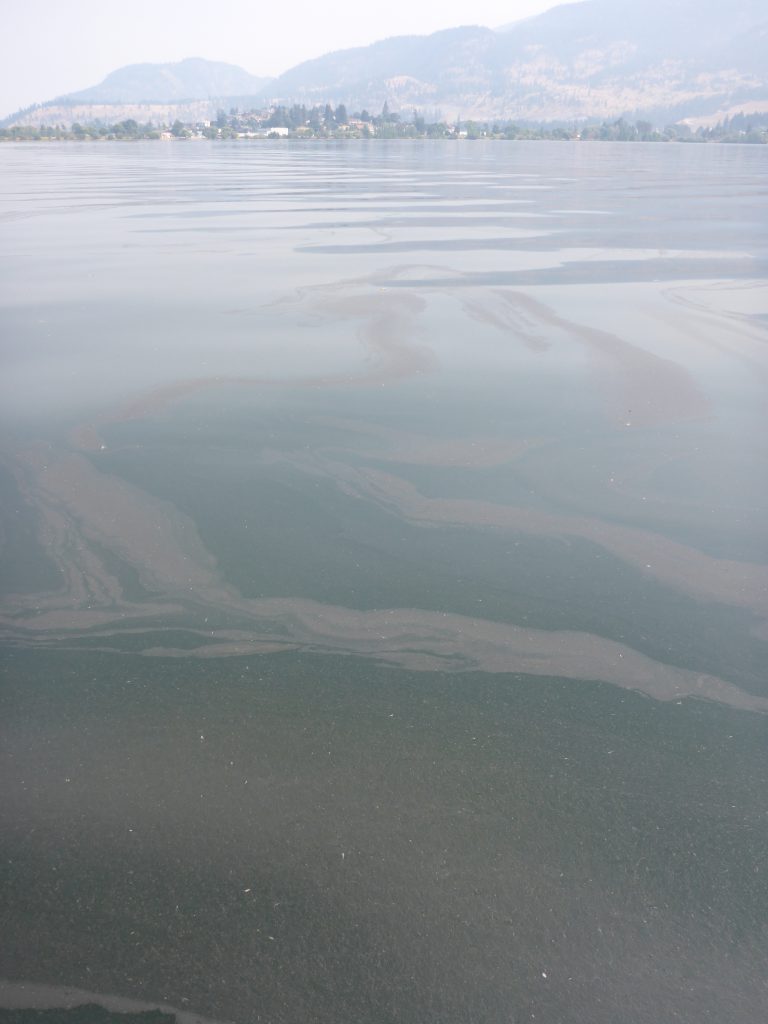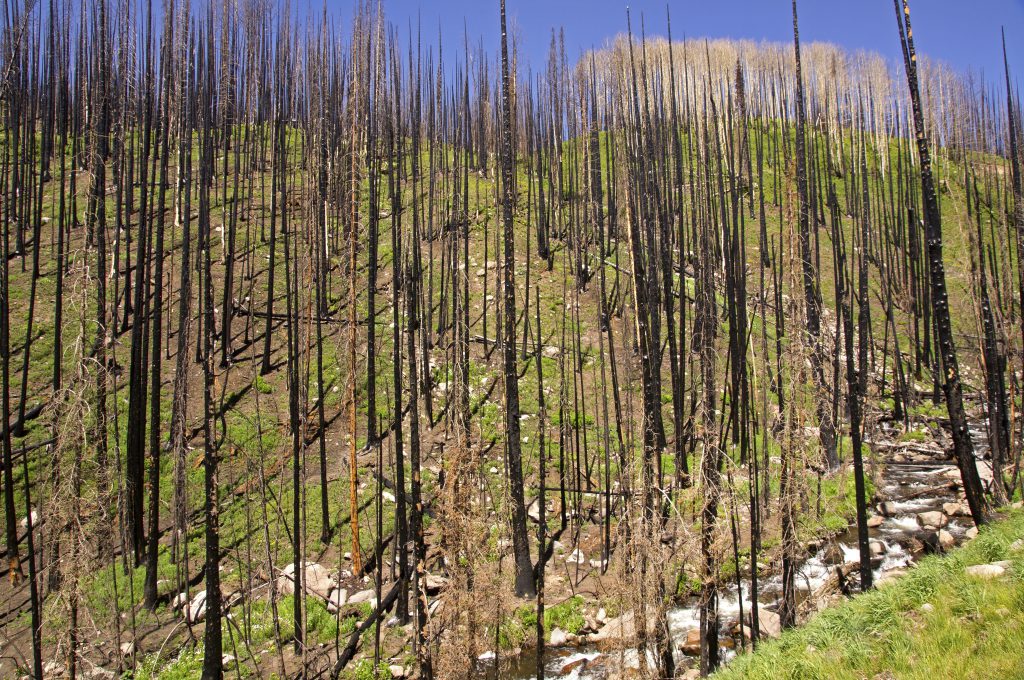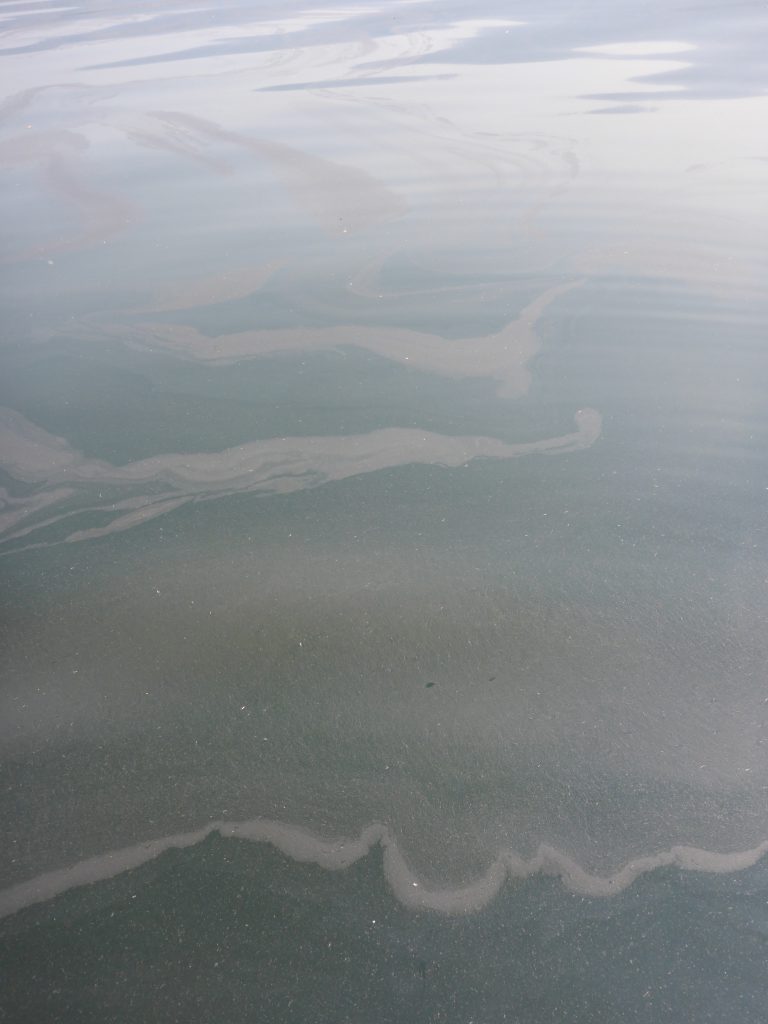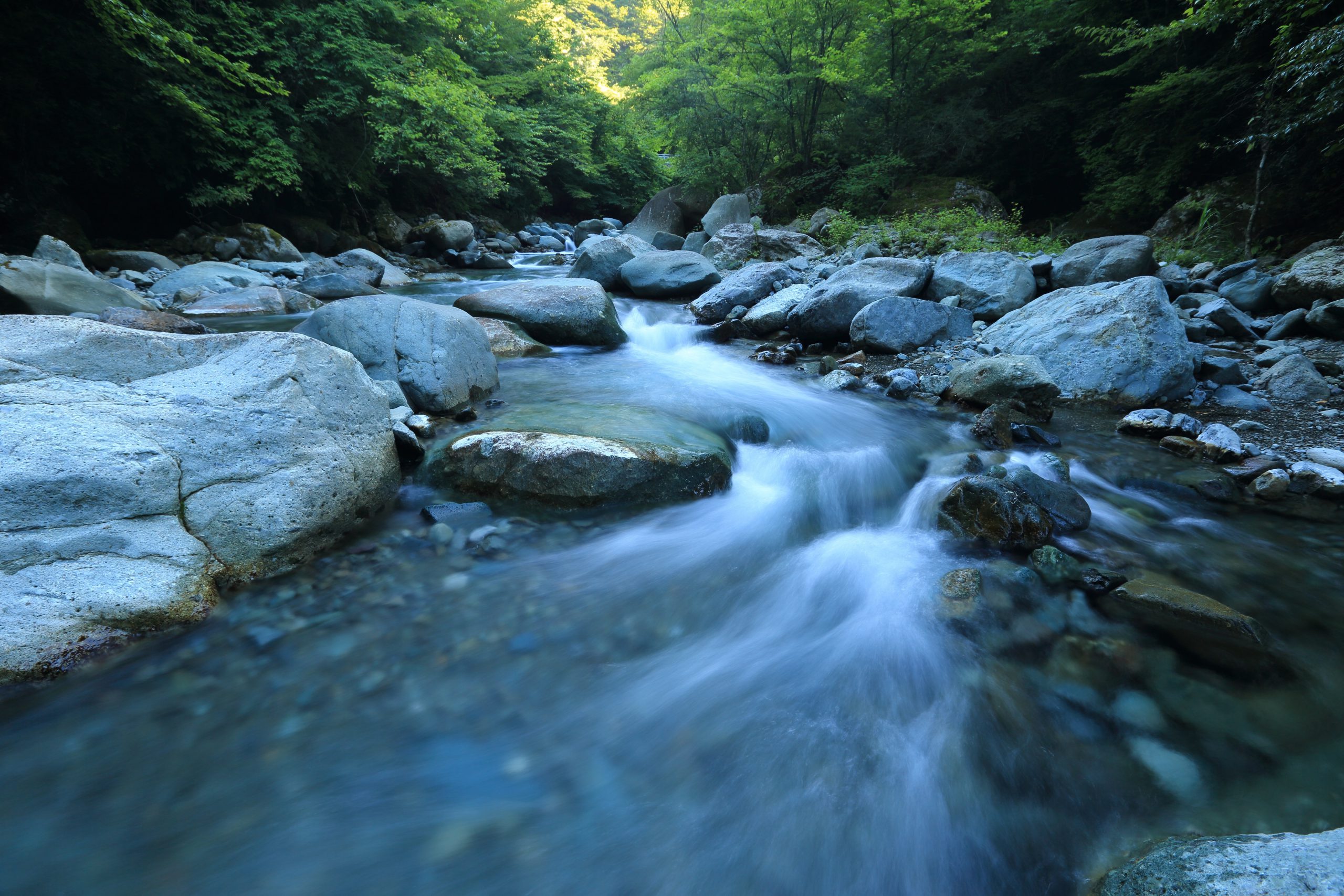This tool is intended to help you prepare an Emergency Response and Contingency Plan (ECRP).
Under section 10 of the Drinking Water Protection Act, water suppliers must have a written ERCP in place in the event of an emergency that might pose a health threat. No source water protection plan is complete without ERCPs and staff training. ERCPs should include wildfire, flooding and drought, spills, water system emergencies/failures, and dam failures (see the Government of B.C.’s Emergency Response and Contingency Planning for Small Water Systems step-by-step guide for more information).
For many emergency events, incident command is established through a Regional Emergency Operations Centre. Get to know the Emergency Operations Coordinator near you. Get to know where there are waste discharge permits and what is being discharged. Get to know your contacts on Crown land, such as FLNRORD, road permit holders, forest fire contact and Dam Safety contact. Update your contact list each year.
Annual training of staff and review of ERCPs are also important. Finally, it is important to set up a tracking and reporting system to make sure the incident is followed through to the end and lessons learned are reported.
Pro Tip: Reach out to emergency personnel to form a relationship before an emergency happens.
Where There’s Smoke
A composite water sample through ash accumulation on Okanagan Lake from 0 to 1 m depth had 100x the typical phosphorus concentration. Intense fires create hydrophobic soils that can shed (not infiltrate) water for years.
Developing and using an ERCP should include the actions listed in Table 14.
Table 14: Quick guide to emergency response and contingency plans
General Action
Develop early warning detection system and notification protocols
for Wildfire
Connect with BC Wildfire Service, Regional Emergency Planning, and local fire department to request notifications of fires within your supply area
for Flooding/Drought
Monitor water resources in your supply area and the River Forecast Centre for flood warnings
for Spills
Request notifications of spills within your supply area
Coordinate with and update contact information for staff, emergency responders, and vulnerable populations
Fire department; Health Authority; FortisBC; BC Hydro; long-term care facilities
Health authority; FortisBC; BC Hydro; long-term care facilities
Fire department; Health Authority; ENV; MOTI; local marinas
Review and increase monitoring frequency as needed
Based on wildfire duration, consider adding new temporary sampling sites where beneficial to inform impact on supply area
Increase monitoring sites and frequency as needed to cover affected water resources
Include new parameters to monitor; consider adding new temporary sampling sites where beneficial to inform impact on supply area
Develop an incident command system with operational guidelines for emergency responders and water supply staff
General Action
Establish criteria that define tiers or severity of emergencies, to inform response protocol
for Wildfire
Based on:
wildfire size and proximity to supply area; potential impacts on important infrastructure, known hazards (e.g., chlorine tanks), and water quality/ quantity
for Flooding/Drought
Based on:
potential impacts on important infrastructure, known hazards, and water quality/ quantity
for Spills
Based on:
spill type (e.g., chemical, oil, sewerage); spatial and temporal proximity to water supply area; potential impacts on infrastructure, known hazards, and water quality/ quantity
Identify sources of relief funding
- Seek government relief funds (BC Disaster Financial Assistance)
- Follow financial best management practices
- Develop an emergency fund
- Obtain insurance
Identify alternate water sources or means of bypassing poor water quality
- Truck in water for residents or provide a water collection station
- Connect to alternate reservoirs
- Divert poor quality water
General Action
Other
for Wildfire
Collaborate with FLNRORD, ENV, BC Wildfire Service, local fire department, and First Nations on strategies to reduce wildfire risks and mitigate post-wildfire threats in supply area
for Flooding/Drought
Work with FLNRORD, BCTS to maintain tree canopy in community watersheds and to restore ecological services
Implement water restrictions, reduction goals, and leak detection and repair programs
Educate users on water conservation measures
for Spills
Have a spill kit at marinas and fire departments
Identify nearby industrial or commercial properties and activities that could contaminate source water (Contaminated Sites Regulations Schedule 2), and work with owners to develop response plan
The B.C. Emergency Response and Contingency Planning For Small Water Systems is a step-by-step guide for creating an emergency response and contingency plan – designed to be used by operators of small water systems but also useful for larger supply systems. First Nations may also refer to the Emergency Response Plan for Drinking Water Systems in First Nations Communities guide for emergency examples and response templates. See the RDN’s Water System Emergency Plan for examples of emergency response action plans and templates on post-incident reports. Check your contacts and revise your contact list annually. Plan to revisit the ERCP every five years or more frequently if needed.
Pro Tip: Make sure BC Wildfire Service, FLNRORD, and your local fire department know where your chlorine gas and other flammables are stored in forest interface zones.
Table 15: Quick response sheet for emergencies
ILLEGAL ACTIVITY
Call Report All Poaches and Polluters (RAPP) 24-hour hotline at:
1-877-952-7277 (RAPP) or #7277 on the TELUS Mobility Network
Or 911 if this is an emergency
Go to https://bcwf.bc.ca/initiatives/conservation-app/ to take geo-referenced, time-stamped photos or videos and to report issues related to illegal use or abuse of natural resources. The app works both in and out of service using your phone’s GPS. Reports are sent to a secure server and forwarded automatically to the appropriate enforcement agency.
UNUSUAL ACTIVITY
IMMINENT DANGER
For observations of deterioration or unusual conditions, slumping, vandalism at a dam, unusual cracks in a steep slope, culvert blocked, etc., Do Not Proceed Alone. Call 911 and ask for Fire.
SPILLS
When a spill occurs, or there is a risk of one occurring, report the spill immediately.
Call 1-800-663-3456 OR go to https://www2.gov.bc.ca/gov/content/environment/air-land-water/spills-environmental-emergencies/report-a-spill
Case Studies
Fuel Spill into Coldstream Creek
A fuel spill occurred at a gas station in Coldstream in November 2015. The operators were aware of storm drains that were directed to Coldstream Creek, so they barricaded them…
Rose Valley Reservoir Watershed Wildfire in 2015
In the past two decades, there have been four wildfires (2005, 2009, 2015 and 2020) caused by recreational carelessness in the tiny Rose Valley Reservoir watershed. This is a terminal…
Links
Aboriginal Affairs and Northern Development Canada, 2014. Emergency Response Plan for Drinking Water Systems in First Nations Communities: Guide and Template. https://publications.gc.ca/collections/collection_2014/aadnc-aandc/R3-203-2014-eng.pdf
City of Nanaimo, 2017. Water System Emergency Plan. https://www.nanaimo.ca/docs/default-document-library/water-system-emergency-plan-2017.pdf
Ministry of Health, 2017. Emergency Response and Contingency Planning for Small Water Systems: A Step-by-Step Guide to Creating an Emergency Response and Contingency Plan for Your Small Water System. https://www2.gov.bc.ca/assets/gov/health/keeping-bc-healthy-safe/healthy-communities/ercp-sws-final-july-14-2016.pdf







